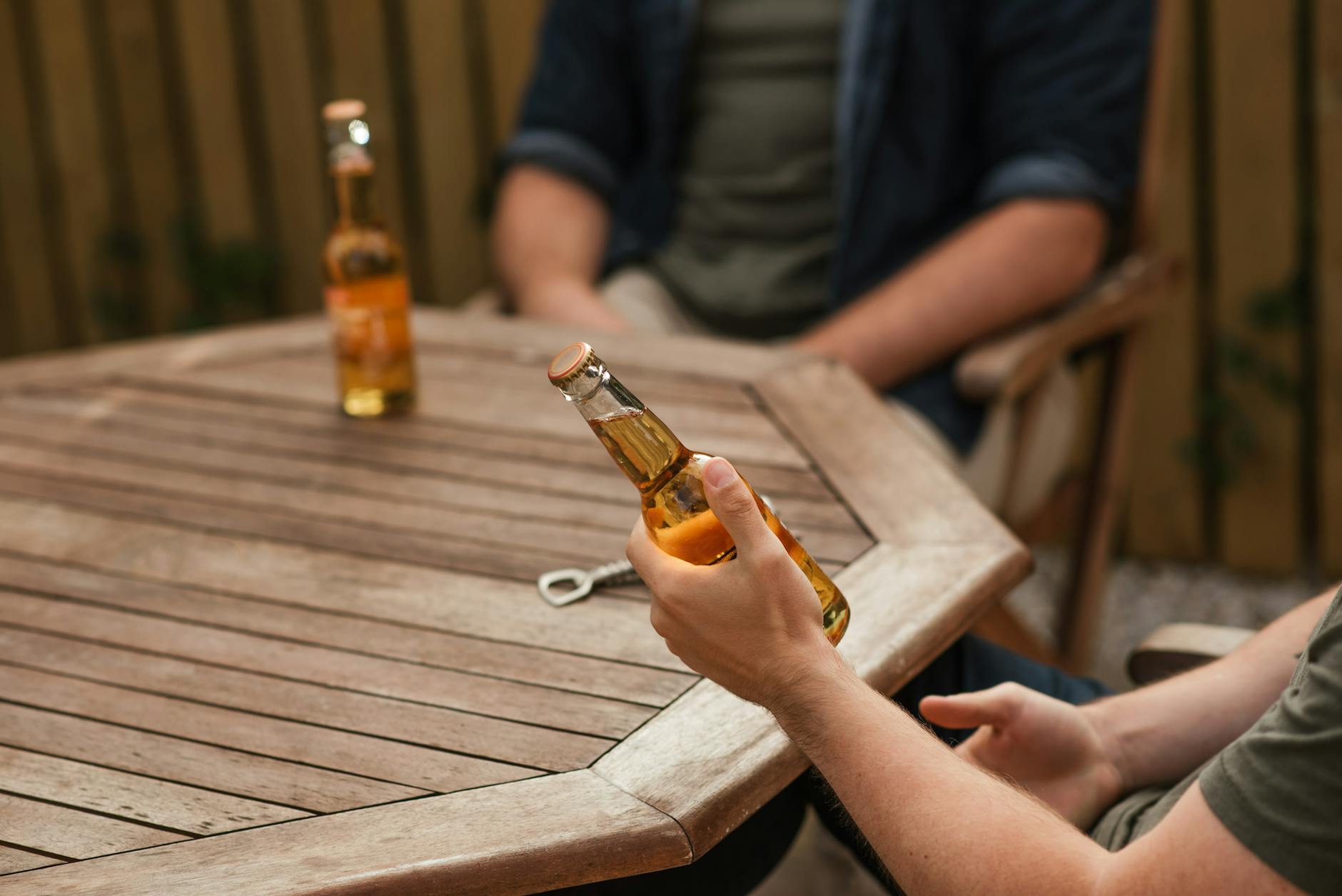Discover the science behind beer drinking and its effects on intoxication in this comprehensive guide to alcohol consumption. Cheers!
Table of Contents
Alcohol consumption has been a social activity enjoyed by many for centuries. One of the most common questions that arise when it comes to drinking is: how many beers does it take to get drunk? The answer to this question is not as straightforward as one might think. In this comprehensive blog post, we will delve into the science behind alcohol metabolism, individual tolerance levels, and various factors that can influence intoxication.
Alcohol Metabolism
When you consume alcohol, it enters your bloodstream and is eventually metabolized by your liver. The process of breaking down alcohol is primarily carried out by enzymes in the liver, such as alcohol dehydrogenase and aldehyde dehydrogenase. These enzymes convert alcohol into acetaldehyde and then into acetate, which is eventually excreted from the body.
Alcohol metabolism occurs at a relatively consistent rate, typically around one standard drink per hour. However, this rate can vary depending on individual factors such as liver health, genetics, and enzyme activity. Additionally, consuming alcohol on an empty stomach can lead to faster absorption and metabolism, potentially increasing the likelihood of feeling intoxicated more quickly.
Individual Tolerance Levels
One of the key factors that determine how many beers it takes to get drunk is an individual’s tolerance level. Tolerance to alcohol can vary significantly from person to person and is influenced by a variety of factors.
Weight, gender, genetics, and overall health can all play a role in determining an individual’s tolerance to alcohol. Generally, individuals with higher body weight tend to have a higher tolerance, as the alcohol is more diluted in their system. Men typically have a higher tolerance than women due to differences in body composition and enzyme activity. Genetics can also impact how effectively someone can metabolize alcohol, potentially affecting their tolerance level.
Factors Influencing Intoxication
Aside from alcohol metabolism and individual tolerance levels, there are several other factors that can influence how quickly someone gets drunk. These factors can include food consumption, hydration, and medication.
Eating food before or while drinking can slow down the absorption of alcohol in the bloodstream, potentially delaying the onset of intoxication. Staying hydrated by drinking water in between alcoholic beverages can also help mitigate the effects of alcohol. Certain medications can interact with alcohol and amplify its effects, so it’s important to be aware of any potential interactions.
It’s essential to remember that alcohol affects everyone differently, and there is no one-size-fits-all answer to the question of how many beers it takes to get drunk. It’s crucial to know your limits, drink responsibly, and never drive under the influence.
Conclusion
In conclusion, the number of beers it takes to get drunk varies significantly depending on individual factors such as alcohol metabolism, tolerance levels, and other influencing factors. Understanding how alcohol affects your body and being mindful of your consumption is key to enjoying alcohol responsibly.
By being aware of the science behind alcohol intoxication and taking steps to drink responsibly, you can enjoy the social aspect of drinking while minimizing the risks associated with excessive alcohol consumption. Remember, it’s always better to err on the side of caution and know when to say when.
FAQ
How does alcohol metabolism influence intoxication?
Alcohol metabolism occurs at a rate of about one standard drink per hour, influenced by factors such as genetics and liver health. Faster metabolism may lead to quicker intoxication, while slower metabolism can result in prolonged effects.
What factors contribute to individual tolerance levels?
Weight, gender, genetics, and overall health play a role in an individual’s tolerance to alcohol. Higher body weight, male gender, efficient enzyme activity, and genetic factors can all contribute to a higher tolerance level.
How can food consumption affect alcohol intoxication?
Eating before or while drinking can slow down alcohol absorption, delaying intoxication. Food in the stomach can help dilute alcohol, reducing its impact on the bloodstream and potentially lowering intoxication levels.
Why is it important to drink responsibly?
Drinking responsibly ensures the safety of oneself and others. Understanding one’s limits, monitoring consumption, and refraining from driving under the influence are all crucial practices to minimize the risks associated with excessive alcohol consumption.


Leave a Reply